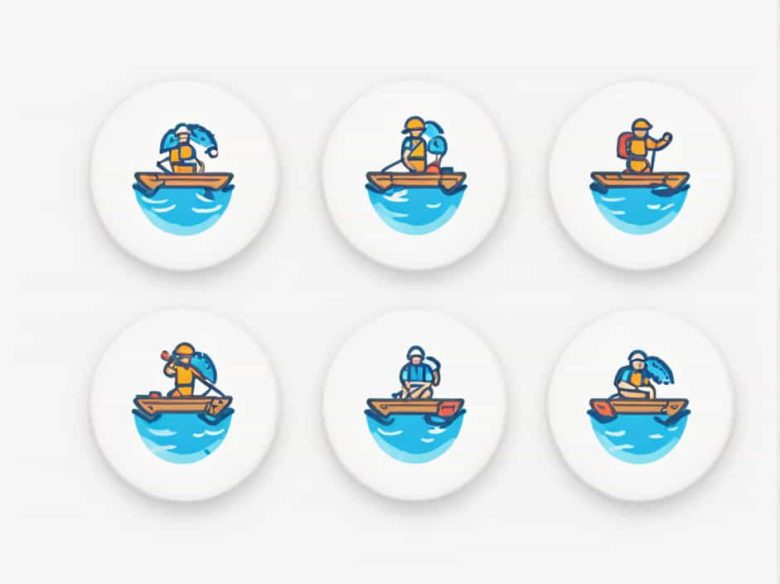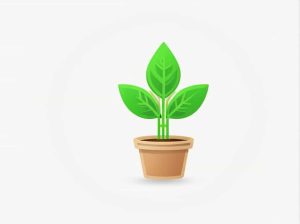Water boatmen are fascinating aquatic insects found in freshwater environments worldwide. They are known for their ability to glide effortlessly on the water’s surface or dive below using their paddle-like legs. But where do water boatmen come from and how do they thrive in different habitats?
This topic explores the origin habitat life cycle and behavior of water boatmen to better understand these unique insects.
1. What Are Water Boatmen?
Water boatmen belong to the family Corixidae in the order Hemiptera. They are small oval-shaped insects usually measuring between 3 to 12 mm in length. Unlike other aquatic bugs water boatmen do not bite humans making them harmless despite their presence in lakes ponds and slow-moving streams.
Their distinctive features include:
- Flattened bodies that help them glide on water
- Long oar-like hind legs covered with fine hairs for swimming
- Short front legs used for gathering food
- A straw-like mouthpart for feeding on algae and organic debris
2. Where Do Water Boatmen Come From?
a) Natural Habitat
Water boatmen are found in a variety of freshwater environments including:
- Ponds and lakes – Calm waters with abundant vegetation provide ideal living conditions.
- Slow-moving rivers and streams – They prefer areas with little turbulence.
- Marshes and wetlands – Rich in organic matter and algae which serve as food sources.
- Temporary water bodies – Some species can survive in seasonal pools that dry up and refill.
Unlike some aquatic insects water boatmen are adaptable and can live in both clean and polluted waters though they thrive best in nutrient-rich environments.
b) Distribution Around the World
Water boatmen are found on every continent except Antarctica. Different species have adapted to various climates from tropical regions to temperate zones.
Notable locations where water boatmen are commonly found include:
- North America – Found in lakes rivers and garden ponds.
- Europe – Thrives in freshwater bodies especially in the UK and Central Europe.
- Asia – Common in rice paddies and stagnant pools.
- Australia – Adapts to both natural wetlands and man-made water sources.
3. How Do Water Boatmen Reproduce?
a) Life Cycle
Water boatmen undergo incomplete metamorphosis meaning they do not go through a larval stage. Their life cycle consists of three main stages:
- Egg Stage – Females lay eggs on submerged aquatic plants or on the bottom of water bodies. These eggs hatch within one to three weeks depending on temperature and environmental conditions.
- Nymph Stage – The hatched nymphs resemble small versions of adult water boatmen but lack fully developed wings. They molt multiple times before reaching maturity.
- Adult Stage – After several molts nymphs become adults capable of swimming flying and reproducing. The average lifespan of a water boatman is several months though some species may live up to a year.
b) Seasonal Behavior
Water boatmen are active year-round in warm climates. In colder regions they survive winter by burrowing into mud or hiding under debris at the bottom of ponds. Some species are known to fly between water sources ensuring their survival even if a pond dries up.
4. What Do Water Boatmen Eat?
Unlike their relatives the backswimmers (which are predators) water boatmen are primarily herbivores or scavengers. Their diet includes:
- Algae – A primary food source scraped from rocks and plants.
- Decaying organic matter – Helps clean up the ecosystem.
- Microscopic organisms – Such as bacteria and protozoa.
Water boatmen feed by using their front legs to scoop food into their mouths. Some species even produce enzymes to break down organic material before consuming it.
5. How Do Water Boatmen Move?
Water boatmen have a unique way of moving through the water:
- Swimming – They use their long paddle-like hind legs to push through the water in a rowing motion.
- Walking on the Bottom – Some species crawl along submerged surfaces when searching for food.
- Flying – Adult water boatmen have wings and can fly to new water sources when necessary.
Their ability to move in different ways helps them escape predators find food and migrate to better habitats.
6. Are Water Boatmen Beneficial?
Despite their small size water boatmen play an important role in aquatic ecosystems:
- Help control algae growth by feeding on it.
- Contribute to nutrient cycling by breaking down organic matter.
- Serve as food for fish birds and amphibians supporting the food chain.
Because they do not bite or carry diseases they are harmless to humans and can even be beneficial in backyard ponds by keeping the water clean.
7. Common Misconceptions About Water Boatmen
a) Are Water Boatmen the Same as Backswimmers?
No they are often confused but backswimmers are predators that swim upside down and can bite humans whereas water boatmen are harmless and swim with their backs facing up.
b) Do Water Boatmen Indicate Dirty Water?
Not necessarily. While some species tolerate pollution others prefer clean and oxygen-rich environments. Their presence alone does not indicate poor water quality.
c) Can Water Boatmen Survive Without Water?
Although they are aquatic insects adult water boatmen can fly between water sources making them adaptable to different conditions.
8. How to Attract or Control Water Boatmen in Ponds
a) How to Attract Water Boatmen
If you want to encourage water boatmen in a pond or water garden:
- Avoid using chemicals that kill algae (their food source).
- Provide aquatic plants for egg-laying and shelter.
- Ensure a stable water supply to prevent them from leaving.
b) How to Reduce Water Boatmen Populations
If you have too many water boatmen and want to control their numbers:
- Reduce algae growth by limiting nutrient runoff.
- Increase water movement with a pump or fountain (they prefer still water).
- Introduce natural predators like fish that feed on them.
Water boatmen are fascinating aquatic insects that come from freshwater environments worldwide. They play a crucial role in maintaining water ecosystems by feeding on algae and organic matter. Their ability to swim fly and adapt to various conditions makes them resilient and widespread.
Understanding their life cycle habitat and behavior helps us appreciate their importance and manage their populations effectively. Whether you see them in a pond lake or river these small but significant creatures are a vital part of nature.



